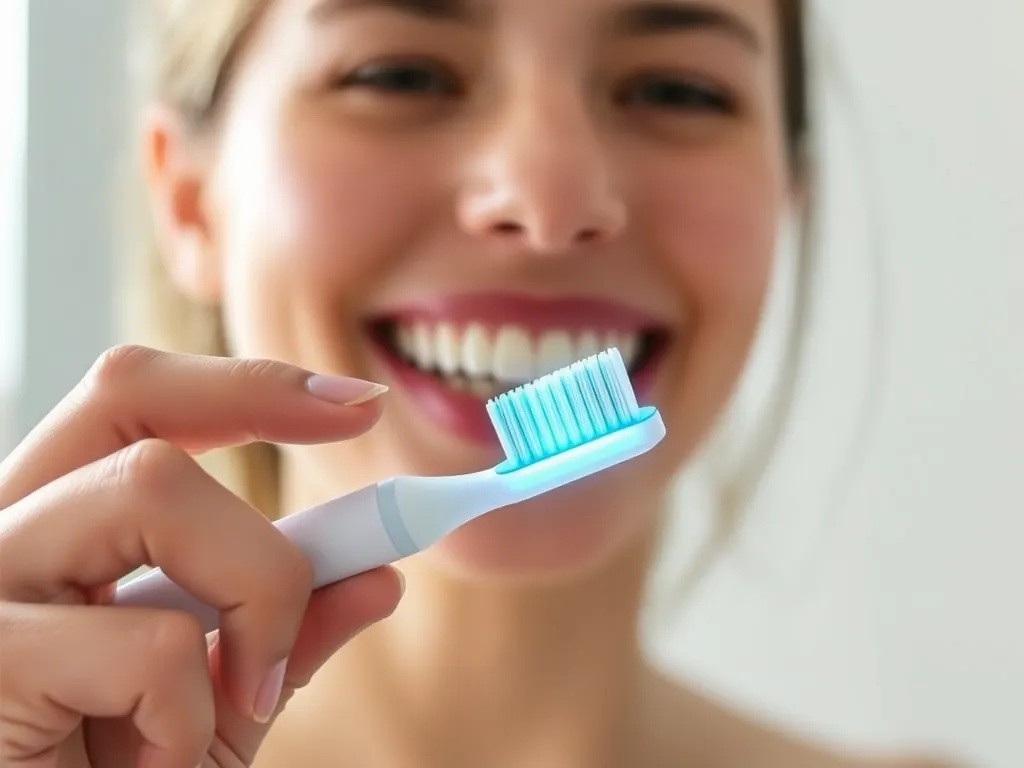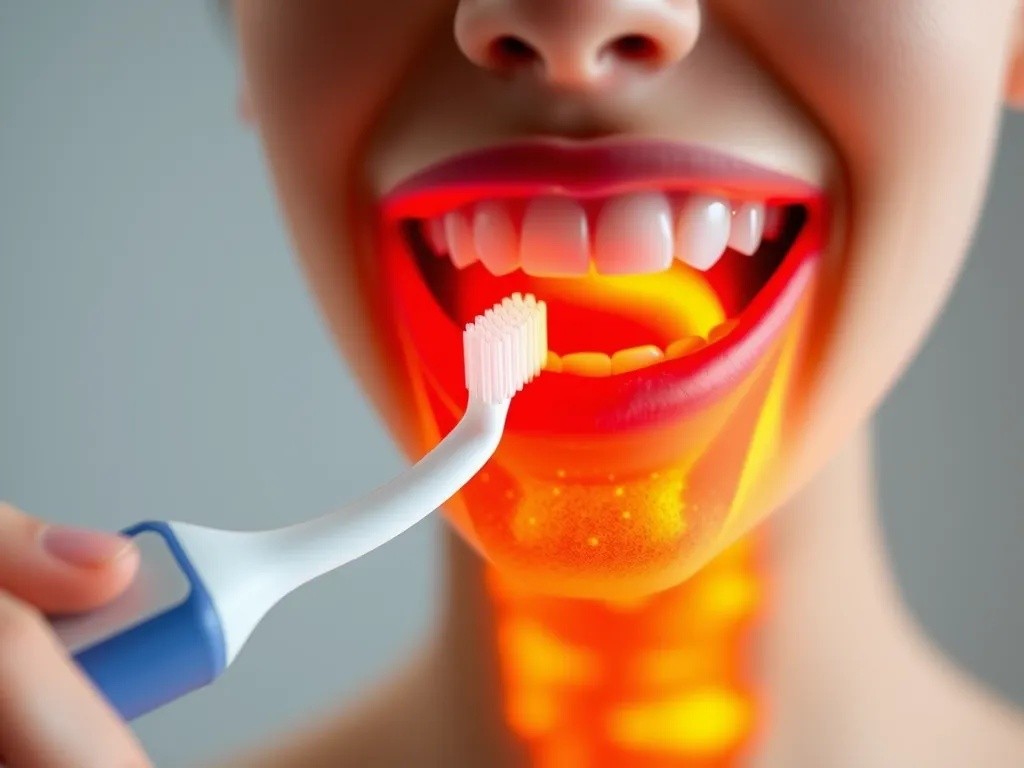In recent years, there has been a significant advancement in the field of Artificial Intelligence (AI) and Augmented Reality (AR). These technologies have become increasingly popular and have the potential to enhance virtual experiences in various fields such as gaming, education, healthcare, and...
Smart Toothbrush Tells You Exactly Where Cavities Will Form

The future of dental care has arrived with groundbreaking smart toothbrush technology that can predict cavity formation with remarkable precision. These innovative devices represent a paradigm shift from reactive dental treatment to proactive prevention, using advanced sensors and artificial intelligence to identify problem areas before visible damage occurs.
How Smart Toothbrush Technology Works
Smart toothbrushes equipped with cavity prediction capabilities utilize multiple sophisticated technologies working in harmony. The core functionality relies on micro-sensors embedded in the brush head that can detect early signs of enamel demineralization – the precursor to cavity formation.
Key Technologies Behind Cavity Prediction
- Fluorescence Detection: Special LED lights illuminate teeth while sensors detect changes in fluorescence patterns that indicate early decay
- Electrical Impedance Measurement: The device measures electrical resistance across tooth surfaces, as healthy enamel conducts electricity differently than demineralized areas
- Pressure Mapping: Advanced sensors monitor brushing pressure and coverage patterns to identify consistently missed areas
- AI Analysis: Machine learning algorithms process collected data to predict cavity risk with increasing accuracy over time
The Science of Early Cavity Detection
Cavities don't appear overnight. The process begins with bacterial acid production that gradually dissolves tooth enamel minerals. Smart toothbrushes can detect these microscopic changes weeks or months before traditional dental examinations would identify problems.
Stages of Cavity Development
- Initial Demineralization: Acids begin dissolving enamel minerals – detectable by smart sensors
- White Spot Formation: Early visible signs appear as chalky white areas
- Enamel Breakdown: Actual cavity formation begins
- Dentin Involvement: Decay reaches the softer layer beneath enamel
Smart toothbrushes intervene at stage one, providing users with actionable information to prevent progression to later stages through targeted care and professional intervention.

Real-World Applications and Benefits
Users receive detailed maps of their mouth showing areas at risk for cavity development through companion smartphone applications. This technology offers several significant advantages over traditional dental care approaches.
Immediate Benefits for Users
- Personalized brushing guidance targeting high-risk areas
- Early intervention recommendations before irreversible damage occurs
- Reduced need for invasive dental procedures
- Lower long-term dental care costs
- Improved overall oral health outcomes
Current Market Leaders and Innovation
Several companies are pioneering this technology, with devices already available to consumers. These smart toothbrushes typically connect to mobile applications that track oral health metrics over time and provide personalized recommendations based on individual risk patterns.
The technology continues evolving rapidly, with researchers developing even more sensitive detection methods and expanding predictive capabilities to include gum disease progression and other oral health issues.
Looking Toward the Future
Smart toothbrush technology represents just the beginning of personalized preventive dental care. Future developments may include integration with electronic health records, automatic scheduling of dental appointments based on detected risks, and even more precise treatment recommendations.
Potential Future Features
- Integration with teledentistry platforms for remote consultations
- Prescription medication recommendations for targeted treatment
- Family oral health monitoring and alerts
- Insurance integration for preventive care incentives
This revolutionary technology transforms the traditional relationship between patients and dental care, shifting focus from treatment to prevention. By identifying cavity formation at the earliest possible stage, smart toothbrushes empower users to take control of their oral health like never before, potentially eliminating the surprise and expense of unexpected dental problems.
As these devices become more affordable and widely adopted, we can expect to see significant improvements in population-level oral health outcomes and reduced healthcare costs associated with preventable dental diseases.



